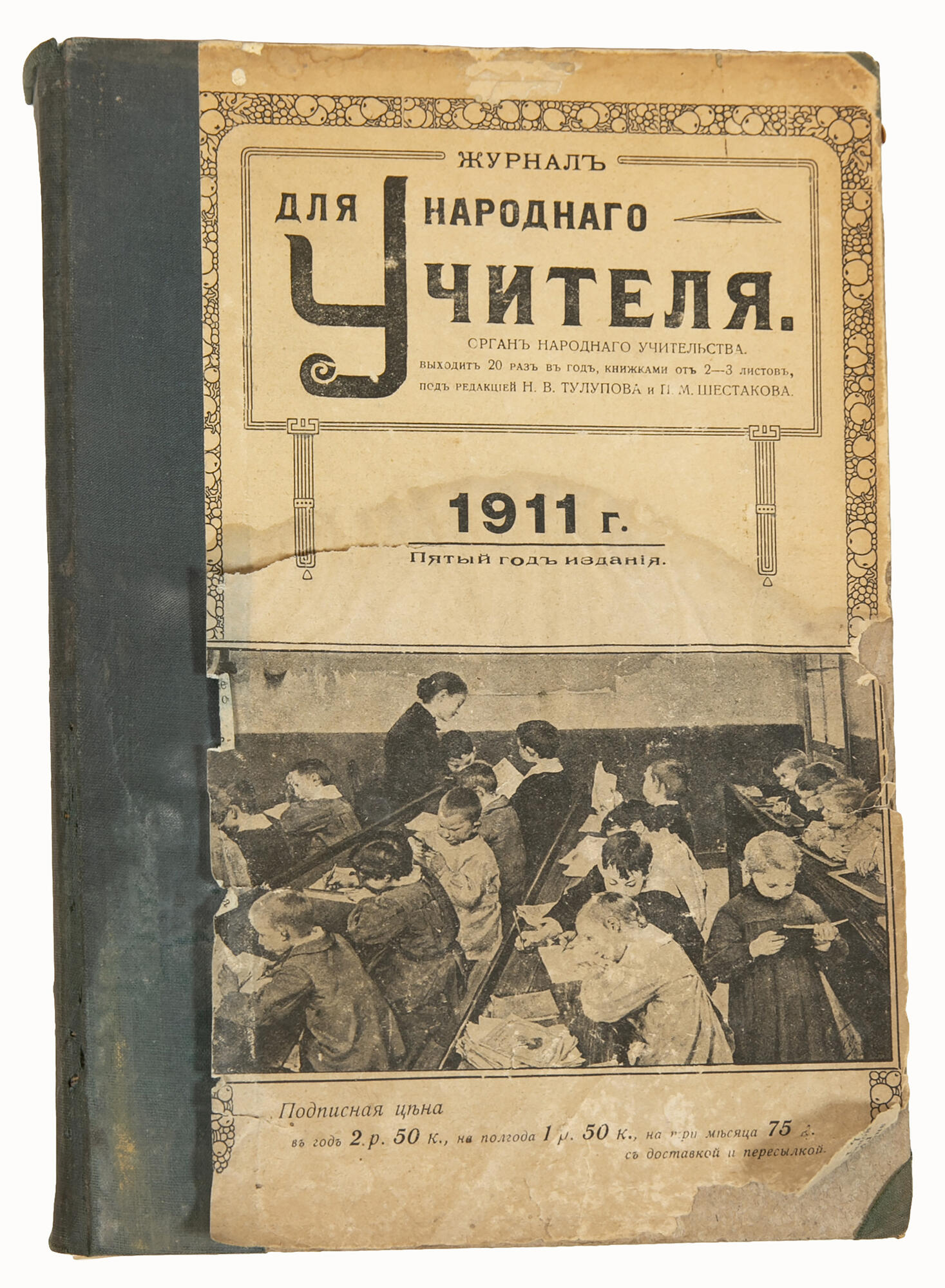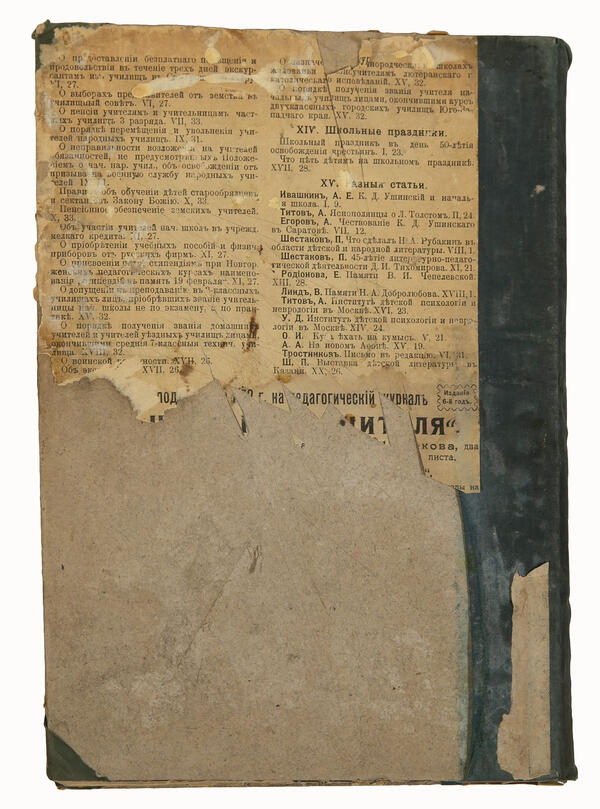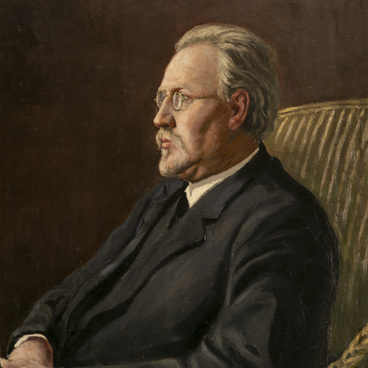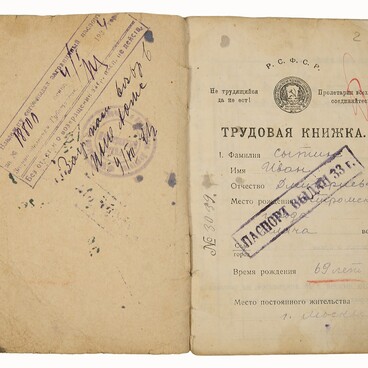The emergence of specialized periodicals is associated with the general development of public education. Ivan Dmitrievich Sytin paid a lot of attention to folk schools and teaching. From 1907 to 1917, with his active participation, the educational magazine “For the People’s Teacher” was published in Moscow twice a month.
According to the editorial office, the magazine promoted a closer collaboration between public education workers, reported on all laws in this area and the activities of public educational organizations, and provided all kinds of information on school and extracurricular education. “For the People’s Teacher” covered the state of affairs in Russian and foreign schools, published articles on theory and history of pedagogy, methods of teaching academic subjects, as well as letters and memoirs of folk teachers.
The sections of the journal were called “Chronicle of Teacher’s Life”, “Chronicle of People’s Universities”, “Laws Related to Public Education”, and “Bibliography”. During the First World War, the sections “War, School and Teacher”, “Teacher and Educational Societies”, “School Practice”, and “News from the Regions” were introduced. The magazine set the tasks of transforming schools “in the spirit of new, democratic principles”, recommended teachers to take part in political education of the people and supported the ideas of bourgeois parliamentarism.
Regarding the topic of education, Sytin did not limit himself only to publishing the magazine. Thanks to the efforts of Ivan Sytin and his financial support, the Teacher’s House was opened in Moscow at Malaya Ordynka, 31. For its construction, he contributed money from selling the Chekhov anniversary collection prepared by the Society of Lovers of Russian Literature and published by Sytin & Co in 1906. In addition, Sytin made a large monetary donation for the construction in the amount of 15,000 rubles with the words, “I owe my well-being to the people’s teacher: I owe him a debt too great to be repaid.” Other philanthropes followed in his footsteps. In May 1910, the foundation stone was laid, and two years later the grand opening took place.
The building housed a hall for performances, lectures, and children’s parties; a large library containing over 12,000 titles; a children’s library with 10,000 books; a pedagogical museum that published several valuable studies on child psychology.
The building of the Teacher’s
House has been preserved to this day. Once there was a club of the First Model
Printing House (the former Sytin’s Printing House), and now the Moon Theater is
located there.



